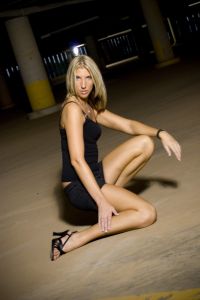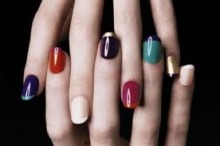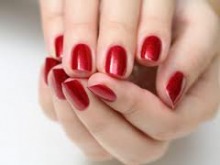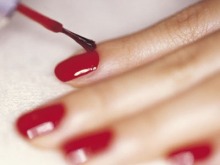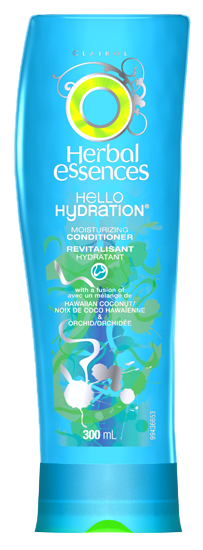How to get radiant skin
We all want to look radiant. We all want beautiful skin. Yes, some of this beauty comes from our genes. Yes, some of this beauty comes from eating the right foods. Yes, some of this beauty comes from taking the right beauty steps.
One of the most important beauty steps one must take is to exfoliate their skin. Exfoliation is the key to removing dead skin. We need to remove dead skin to keep our skin from looking dull. We also need to do this to keep our skin looking smooth. Smooth skin will not only feel good; it will help keep light reflecting off it properly. One can exfoliate daily with a brush or lufah pad. However, one should use an exfoliating product no more than a couple times of times a week.
Once a week, one should consider using an at-home skin peel on their face that contains hydroxyl acids. This will help remove those dead cells and help replenish the skin. If one has sensitive skin, they may want to turn to a scrub that also contains gentle beads and some citrus.
Make moisturizing a habit. Yes, now is the time to moisturize your face. This should be done at least twice a day. This will help strengthen your skin’s lipid barrier. It will also help restore any hydration you may have lost. Plus, it will help keep your skin from becoming dry. Dry skin is the number one cause of wrinkles and fine lines.
Examine your skin for dark spots and unevenness. If you find an area that concerns you, begin treatment now before the area becomes darker or more uneven. You can do this with serums or creams that contain hydroquinone, kojic acid, soy or Vitamin C. If none of these products, consider turning to a dermatologist and discussing the idea of laser treatment.
Finally, consider using a self tanning product to add an overall glow to your skin. A product such as Jergens Natural Glow can give you a sun-kissed look without any damaging UV rays. Yes, radiant skin and glowing skin may make you feel good. Plus, it can make you look good, as well.
